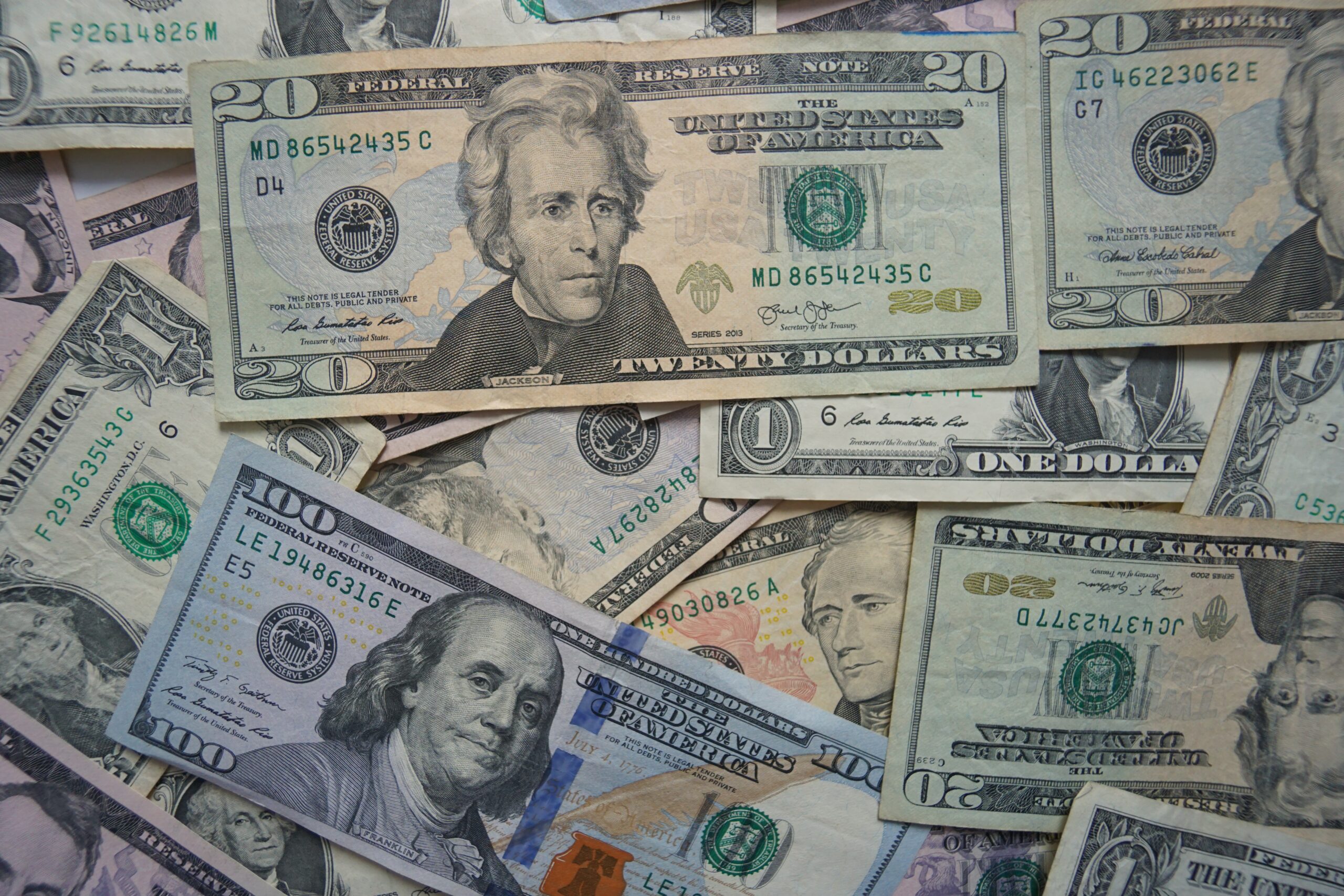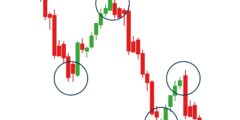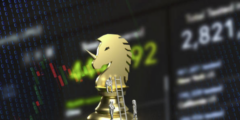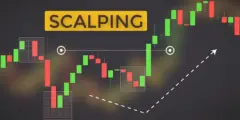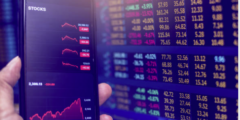What Is Forex Trading? A Comprehensive Guide
Introduction:
Forex trading has become increasingly popular in recent years as individuals seek opportunities to participate in the global financial markets. However, for those new to the concept, understanding what forex trading entails can be a daunting task. In this article, we will provide a comprehensive guide to forex trading, explaining its basics, key participants, trading instruments, and the factors that influence currency exchange rates.
What is Forex Trading?
Forex trading, short for foreign exchange trading, involves the buying and selling of currencies on the global market. It is the largest and most liquid financial market in the world, with trades exceeding $6 trillion daily. Unlike other financial markets that focus on stocks or commodities, forex trading revolves around the exchange of one currency for another. Traders aim to profit from fluctuations in currency exchange rates by speculating on whether a currency will appreciate or depreciate against another.
Key Participants in the Forex Market:
Several key participants contribute to the functioning of the forex market:
1. Banks and Financial Institutions: Major global banks and financial institutions play a crucial role in forex trading. They facilitate currency transactions for their clients, including corporations, governments, and other financial institutions, while also engaging in their proprietary trading activities.
2. Central Banks: Central banks, such as the Federal Reserve in the United States or the European Central Bank, influence currency exchange rates through monetary policy decisions. Their actions, including interest rate changes or intervention in the forex market, can have a significant impact on currency values.
3. Corporations and Businesses: Companies involved in international trade require currency exchange services to facilitate transactions in different currencies. They participate in the forex market to hedge against currency risks or take advantage of currency movements for profit.
4. Retail Traders: Individual traders, including retail investors and speculators, form a significant portion of the forex market. These traders access the market through online forex brokers and aim to profit from short-term price movements in currency pairs.
Forex Trading Instruments:
Forex trading involves the use of currency pairs, which represent the exchange rate between two currencies. The most commonly traded currency pairs include:
1. Major Currency Pairs: These currency pairs involve the world’s largest economies and most widely traded currencies, such as EUR/USD (Euro/US Dollar), GBP/USD (British Pound/US Dollar), and USD/JPY (US Dollar/Japanese Yen).
2. Minor Currency Pairs: Also known as cross-currency pairs, these involve currencies of smaller economies, excluding the US Dollar. Examples include EUR/GBP (Euro/British Pound) or AUD/CAD (Australian Dollar/Canadian Dollar).
3. Exotic Currency Pairs: Exotic pairs involve a major currency and the currency of an emerging or smaller economy. These currency pairs are less liquid and often exhibit higher spreads and volatility. Examples include USD/ZAR (US Dollar/South African Rand) or EUR/TRY (Euro/Turkish Lira).
Factors Influencing Currency Exchange Rates:
Currency exchange rates are influenced by a variety of factors, including:
1. Economic Factors: Economic indicators such as GDP growth, inflation rates, employment data, and interest rates can significantly impact currency values. Strong economic performance generally leads to currency appreciation, while weaker economic data can result in currency depreciation.
2. Political Factors: Political events, such as elections, government policies, or geopolitical tensions, can affect currency exchange rates. Political stability and favorable policies often attract investments and strengthen a currency, while uncertainty or political unrest can lead to currency depreciation.
3. Market Sentiment: Market sentiment and investor confidence play a role in currency movements. Positive sentiment can drive investors towards riskier assets and currencies, while negative sentiment may result in a flight to safe-haven currencies.
4. Interest Rates: Central bank decisions regarding interest rates have a direct impact on currency values. Higher interest rates generally attract foreign investment, leading to currency appreciation, while lower interest rates can result in currency depreciation.
Conclusion:
Forex trading is a dynamic and potentially lucrative market that allows individuals to participate in global currency exchange. Understanding the basics of forex trading, including its key participants, trading instruments, and the factors influencing currency exchange rates, is essential for aspiring traders. By grasping these fundamental concepts and staying informed about global economic and political developments, traders can navigate the forex market with confidence and potentially capitalize on currency price movements.
